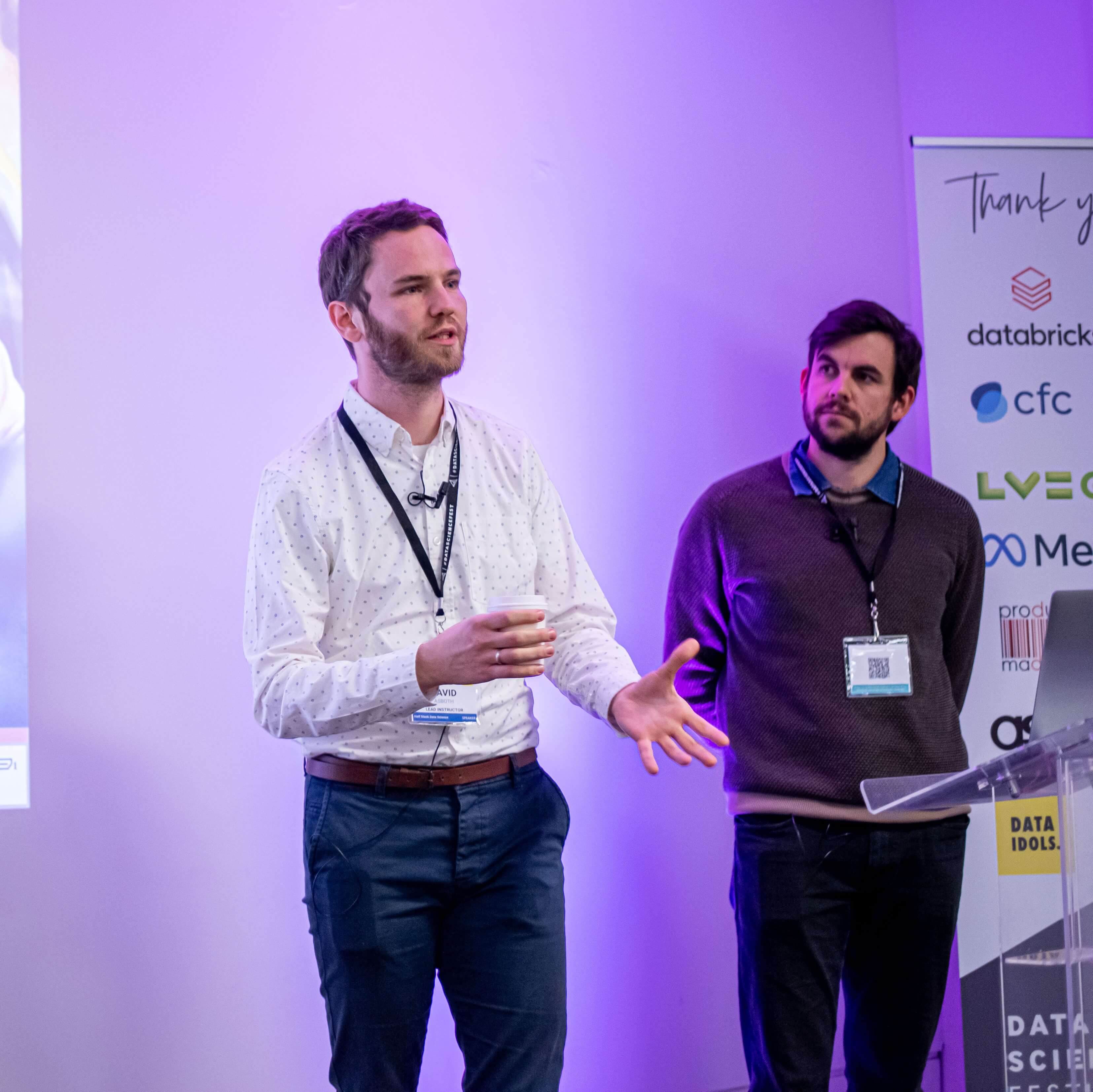When you're a data scientist, unless you're in a job that's very research-focused (and likely requires a PhD) you'll mostly be using machine learning algorithms invented anywhere between say 5 and 30 years ago. Similar to being a programmer, you'll be using many libraries made by other people based on other people's ideas.
There's nothing wrong with that.
In fact, it's usually more productive to use someone else's implementation of an idea. Why reinvent the wheel every time?
With machine learning, I want to make a case for why it's good to reinvent the wheel when you're still learning.
I want to stress that I still think it's a good idea to use scikit-learn 99% of the time. However, when you're learning about one of the most popular algorithms (I've linked to this KDNuggets article before because I think it's a good overview of the minimum you should know) I think it's worthwhile trying to implement them yourself.
So why go through the effort of implementing existing algorithms again?
Programming Practice
This is an obvious benefit of trying to implement anything: you get programming experience. Many data scientists don't come from a programming background, so a crucial part of the learning process is feeling at home when writing code. Coupling this with additional machine learning practice seems like a good way to do this.
Also, implementing machine learning algorithms is a harder coding challenge than the ones you'd face if you were doing an introductory programming course, so this is a good transition from FizzBuzz-type problems to more meaty challenges.
Deeper Understanding
I'd argue this is the most important benefit. It's one thing to conceptually understand an algorithm and it's another to understand it in enough depth to tell a computer how to do it. Computers don't deal with ambiguity so you need to understand every little implementation detail to get to the end. That can only be helpful in deepening your understanding. Once you move on and use in-built libraries you can also more easily debug any strange behaviour because you'll know more about what is happening under the hood.
Portfolio Pieces
Perhaps not a reason to do this outright, but a good byproduct of these coding exercises is getting little pieces to add to your GitHub profile. That's never a bad thing.
A few things to remember.
We are not trying to "beat" other implementations
If you're really into optimisation and want to spend time learning how to make your implementations faster, obviously I wouldn't advise against it. At the same time it might not be worthwhile spending too much time improving the performance/scalability of your code if your aim was to deepen your understanding of machine learning.
Don't overdo it and implement everything you read about
Again, I'm not suggesting you should actively not implement every algorithm you hear about, but some algorithms might be harder to implement than others. Start small to avoid getting frustrated by complex problems. For example, don't start by implementing a deep convolutional neural network.
Then which algorithms should I choose?
Here are the ones I've gone for so far, because I thought they were easy enough to implement but I wanted to dive in to the details.
Naive Bayes
This was one of the activities of the Becoming a Data Scientist Learning Club. Actually, the activity was to read about and use the algorithm, but I took this as an opportunity to go through and implement it from scratch.
The Naive Bayes classifier is conceptually quite straightforward and a good place to start.
K-Means Clustering
I will spend some time later this month diving into clustering, but for now it's enough to say that this is also a good choice to start with. Conceptually simple, but you need to understand the details to be able to code the whole thing.
This is another algorithm I implemented as part of the Learning Club.
Self-Organising Maps
I discussed this algorithm recently, and hopefully showed that two blog posts are enough to go through the details enough to actually write the code for it. This is perhaps a less mainstream choice but conceptually lends itself to a good coding exercise.
Markov Chains
A popular choice for modelling and predicting sequential data (text, audio, time series). It only requires simple probability theory and is another good choice to start with.
My implementation generates new text based on text you give it.
Other Choices
Some other algorithms I suggest might be reasonable choices:
- Decision Trees (although you might end up needing the help of recursion)
- K Nearest Neighbours
Or if you're feeling a bit more brave, try a Multilayer Perceptron. You'll need to understand and implement backpropagation, but it would be a good advanced programming challenge.
Hopefully I've convinced you that implementing machine algorithms from scratch is a worthwhile endeavour. I'm always interested in seeing other people's implementations so let me know if you've done any!

About David
I'm a freelance data scientist consultant and educator with an MSc. in Data Science and a background in software and web development. My previous roles have been a range of data science, software development, team management and software architecting jobs.

